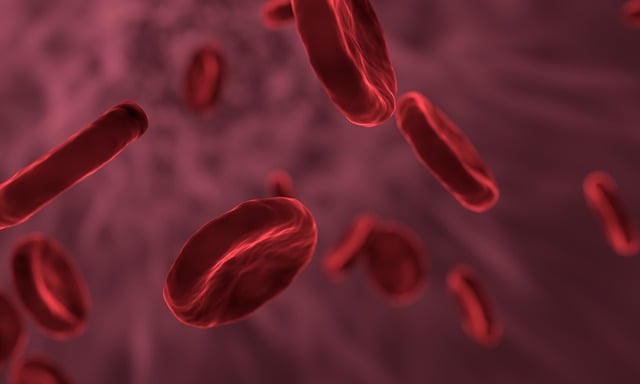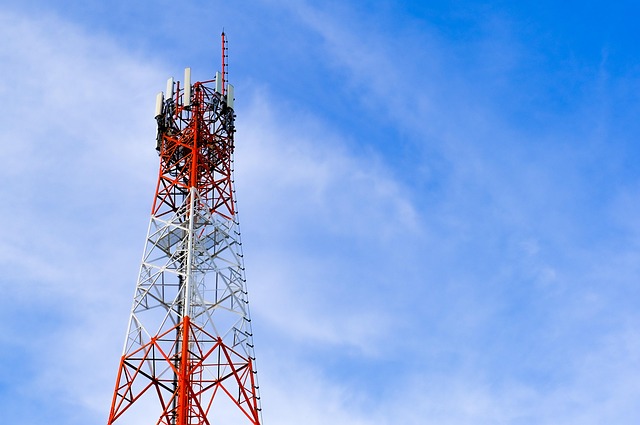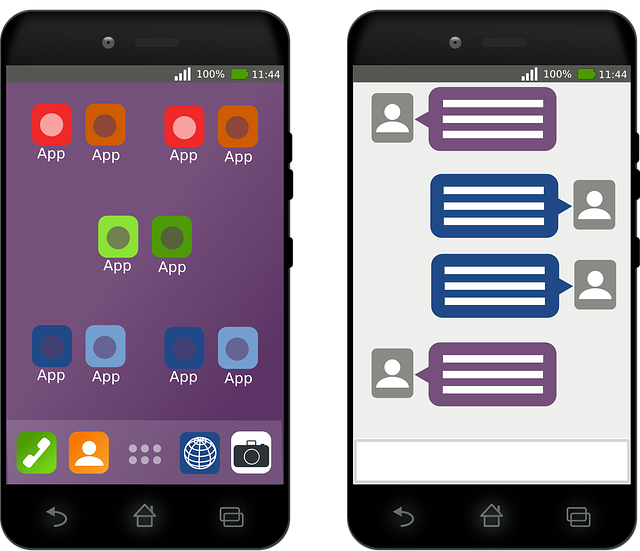Fat cell freezing (cryolipolysis) is a non-invasive fat reduction procedure that uses cold temperatures (-13°F / -25°C) to target and eliminate unwanted fat cells, causing them to crystallize and die. This method is safe, effective, and offers minimal downtime compared to surgical liposuction. Ideal for specific problem areas like the abdomen, love handles, and thighs, it's suitable for individuals with a healthy weight and BMI who are committed to managing their body composition. With proper consultation and management of expectations, fat cell freezing provides long-term results in achieving a more sculpted figure with minimal risks and quick recovery times.
“Discover the revolutionary power of Fat Cell Freezing with cryolipolysis—a non-invasive, safe method for fat reduction. This article explores the science behind this cutting-edge procedure, from its understanding and benefits to candidate selection and common treatment areas. Learn about post-treatment care, safety considerations, and how it stacks up against other fat loss methods. By the end, you’ll grasp why cryolipolysis is a preferred choice for many seeking effective, non-surgical fat reduction.”
Understanding Fat Cell Freezing: A Non-Invasive Approach

Fat cell freezing, or cryolipolysis, is a non-invasive fat reduction procedure that has gained significant popularity in recent years. This innovative treatment offers an effective way to target and eliminate unwanted fat cells without surgery. The process involves cooling targeted fat cells to temperatures below -13°F (-25°C), causing them to crystallize and subsequently die. This controlled freezing does not harm the surrounding skin, muscles, or other tissues, making it a safe option for most individuals.
Unlike traditional liposuction, which physically removes fat cells, cryolipolysis prompts the body to naturally process and eliminate the frozen cells over time. As the treated area heals, the dead fat cells are broken down and absorbed by the liver, leading to a reduction in fat deposits. This non-surgical approach is particularly appealing for those seeking a more gentle, quick, and cost-effective alternative to surgical procedures, with minimal downtime and little to no scarring.
How Cryolipolysis Works: Science Behind the Procedure

Cryolipolysis is a non-invasive fat reduction procedure that harnesses the power of cold to target and eliminate stubborn fat cells. The science behind this revolutionary treatment lies in its ability to induce controlled cellular damage to fat cells, specifically through a process known as cryo-nuclease activation. During the procedure, a cooling device is applied to the treated area, freezing the fat cells and causing them to crystallize. This crystalline state triggers a natural defense mechanism in the body, where the immune system springs into action to break down and flush out the damaged fat cells.
Over time, as the body processes these broken-down fat cells, the affected area experiences a reduction in overall fat content. What sets cryolipolysis apart from traditional lipo is its non-surgical nature, minimal downtime, and high degree of safety. By targeting specific problem areas, this procedure offers an effective solution for those seeking to sculpt their figure without incisions or extensive recovery periods.
Candidate Selection: Who is a Good Fit for Fat Cell Freezing?

Fat cell freezing, or cryolipolysis, is a non-invasive fat reduction procedure that has gained popularity in recent years. The ideal candidates for this treatment are individuals who have concentrated areas of stubborn fat, often around the abdomen, love handles, and thighs. It’s crucial to understand that cryolipolysis is most effective for people with healthy weight and well-managed body mass index (BMI).
During the consultation process, healthcare professionals consider various factors such as skin thickness, body composition, and medical history. Individuals who are good candidates typically have a relatively stable weight and are seeking to reduce small, localized fat deposits. It’s important to remember that cryolipolysis is not suitable for everyone, and patients with certain medical conditions or taking specific medications might need to avoid this procedure.
The Benefits of Choosing Non-Surgical Fat Reduction

Choosing non-surgical fat reduction methods like cryolipolysis, or fat cell freezing, offers a plethora of advantages over traditional surgical procedures. One of the most significant benefits is its non-invasive nature; it eliminates the need for incisions, anaesthesia, and lengthy recovery periods associated with surgery. This makes fat cell freezing an appealing option for those seeking a more comfortable and quicker alternative.
Additionally, cryolipolysis provides precise targeting of problem areas, allowing for effective reduction of stubborn fat without damaging surrounding tissues. It’s a safe procedure with minimal side effects, making it suitable for most individuals. The process involves cooling targeted fat cells until they die, followed by their natural elimination from the body, resulting in slimmer contours and enhanced overall appearance.
Common Areas Treated with Cryolipolysis

Cryolipolysis, also known as fat cell freezing, is a non-invasive procedure that targets and freezes fat cells in specific areas of the body. This technology has gained popularity for its ability to reduce stubborn fat without surgery. The most common areas treated with cryolipolysis include the abdomen, flanks (love handles), thighs, and buttocks. During the procedure, cooling technology is applied to the targeted area, causing fat cells to crystallize and eventually die. As the body’s natural processes eliminate these dead cells, a reduction in fat visibility is achieved.
The non-surgical nature of cryolipolysis makes it an appealing option for individuals seeking fat reduction. It is particularly effective for people with localized fat deposits who may have struggled to lose weight through diet and exercise alone. By targeting specific problem areas, cryolipolysis offers a way to contour the body and achieve a more toned appearance.
Safety and Side Effects: What You Need to Know

Cryolipolysis, also known as fat cell freezing, is a non-invasive fat reduction procedure that has gained popularity for its effectiveness and minimal downtime. However, like any medical treatment, it’s crucial to understand the safety profile and potential side effects before undergoing this process. The procedure involves using controlled cold to freeze and destroy targeted fat cells, leading to their gradual elimination from the body. This method is generally considered safe when performed by qualified healthcare professionals who adhere to strict guidelines.
While cryolipolysis is well-tolerated by most individuals, there can be some temporary side effects. These may include redness, swelling, bruising, and discomfort at the treatment site, which usually subside within a few days. In rare cases, patients might experience more severe reactions like numbness, tingling, or an intense burning sensation. It’s important to discuss these risks and benefits with your provider and ensure you understand the expected outcomes. They can also advise on managing any adverse effects and guide you on when to seek medical attention if necessary.
Recovery Process: Post-Treatment Care and Expectations

After a cryolipolysis procedure, the recovery process involves managing expectations and taking care to ensure optimal results. During the first few days, patients may experience some discomfort, swelling, or redness at the treatment sites, which is normal. It’s recommended to apply cold compresses and avoid strenuous activities to minimize these side effects.
As fat cells are slowly eliminated by the body over several weeks, it’s crucial to maintain a healthy lifestyle. Staying hydrated, following a balanced diet, and incorporating gentle exercises can aid in the recovery process. Patients should also protect the treated areas from extreme temperatures until all discomfort subsides, typically within 1-2 weeks. Regular check-ins with their healthcare provider allow for monitoring of progress and addressing any concerns to ensure a smooth recovery and desirable fat reduction outcomes.
Comparisons with Other Fat Loss Methods

In comparison to other fat loss methods, cryolipolysis stands out with its unique approach of fat cell freezing. Unlike surgical procedures or invasive treatments, this non-surgical technique offers a minimally invasive way to reduce stubborn fat. By targeting and freezing specific fat cells, cryolipolysis selectively eliminates them from the body, leading to inches off the waistline and a more sculpted silhouette.
While diet and exercise remain fundamental for overall health, many individuals struggle with persistent fat pockets that resist traditional methods. Cryolipolysis provides an alternative solution, allowing people to achieve their desired figure without major surgery or downtime. Its non-invasive nature makes it appealing for those seeking effective, safe, and convenient fat reduction options.
Long-Term Results and Maintenance

The long-term results of cryolipolysis, or fat cell freezing, are a significant advantage for those considering this non-invasive procedure. Over time, treated areas continue to show reduced fat levels, with studies indicating that up to 90% of frozen fat cells remain eliminated for several months. This sustained effect makes cryolipolysis an attractive option for long-term body contouring.
Maintenance is straightforward after the initial treatment sessions. Unlike surgical procedures, there’s no recovery period or downtime, allowing patients to resume their normal activities immediately. Occasional touch-up treatments may be recommended to ensure optimal results and maintain the desired body shape, but overall, cryolipolysis offers a convenient and effective approach to fat reduction that fits seamlessly into modern lifestyles.
